News & Blogs
In this blog, we touch on diverse topics about Japanese food cultures, practices together with the culinary secret, TREHA®, and its important role in the Japanese food industry. We hope our blog helps you obtain in-depth knowledge of Japanese cuisine and the science behind it, which is hard to find elsewhere.
Today, our blog features Chef Hidenobu Meguro, an authentic Edomae sushi master based on our interview session with the chef on July 30th, 2019.
Chef Meguro is one of Japan's prestigious sushi masters. He represents Japanese culinary industry as President of Tokyo-Santama Sushi Association, Chief Proctor of the Main Admission Council and a member of the Reginal Admission Committee organized by the Center for Culinary Technologists in Tokyo, Japan.
The name of his restaurant, "Yoroshiku Sushi" indicates Chef Meguro's message, "my great joy is to create happy customers who savor my sushi and want to come back."
How did you learn about TREHA®? What made you start using it?
I got interested in TREHA® after attending the seminar during the sushi association’s training session. I immediately tried out the TREHA® sample I brought back from the session. Since I learned about the functionalities of TREHA® including suppression or removing the undesired smells from vinegared rice, “Shari”, and shellfish, I tested and assured the functionalities by myself. Particularly, the benefits for Shari were outstanding. Since then, I landed on the opportunity to join NAGASE’s workshop together with a dozen of Sushi chefs and learned more about the benefits, which lead me to the creative applications of TREHA®.
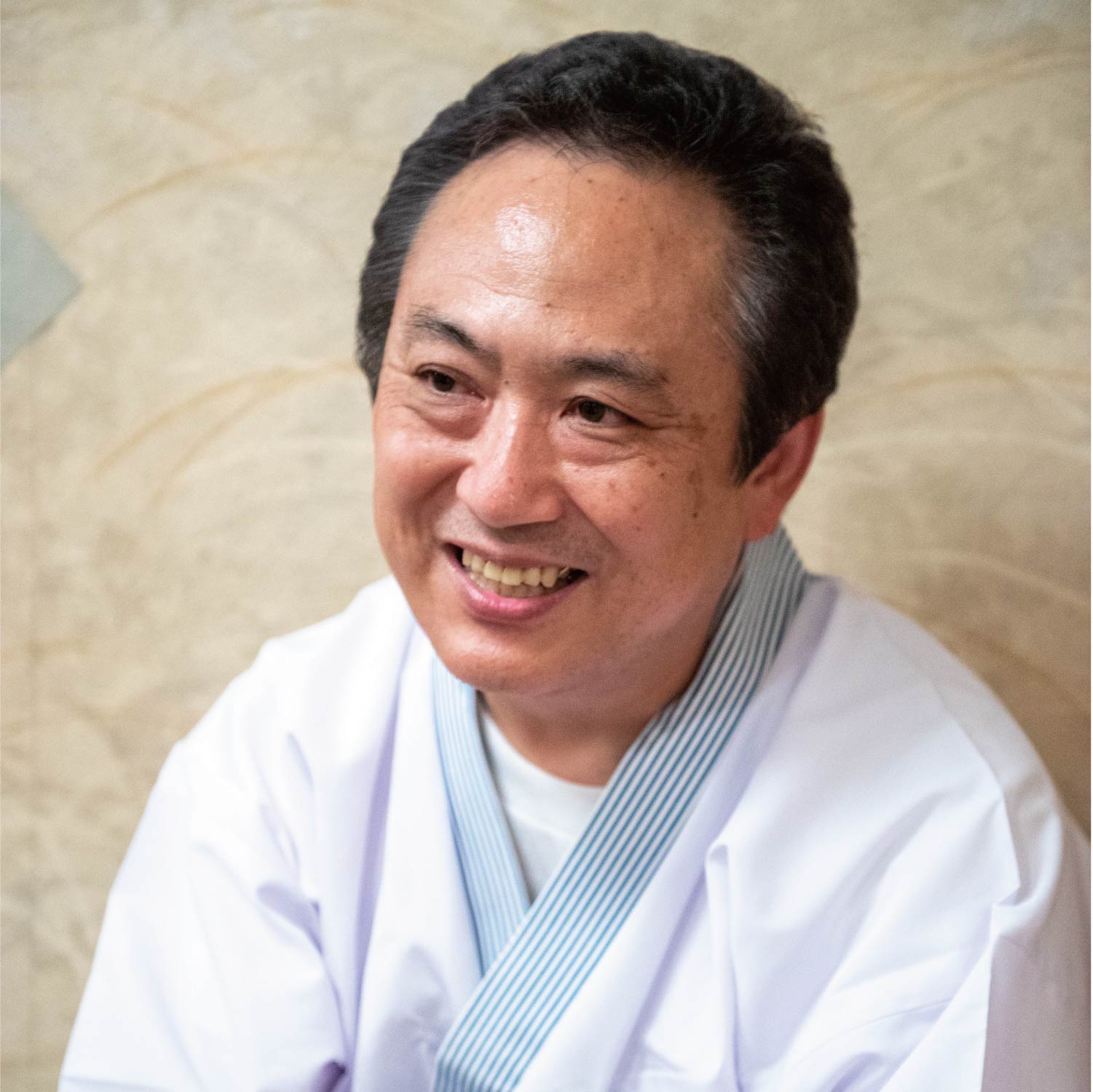
Which menu items do you use TREHA® and why?
Shari (vinegared rice) stays moist and fresh.
Boiled crustacean maintains vibrant color.
Unwanted shellfish smells can be subdued.
Shari, fish and shellfish maintain freshness after freeze-thaw.
Tamago-yaki (Japanese omeletsegg pancake) maintains fluffy texture.
I am using TREHA® for sushi vinegar for Shari, meaning 100% of my sushi contains TREHA®. I regularly use TREHA® for preparing various fish and shellfish and other items including appetizers. I would say more than 90% of non-sushi items include TREHA®.
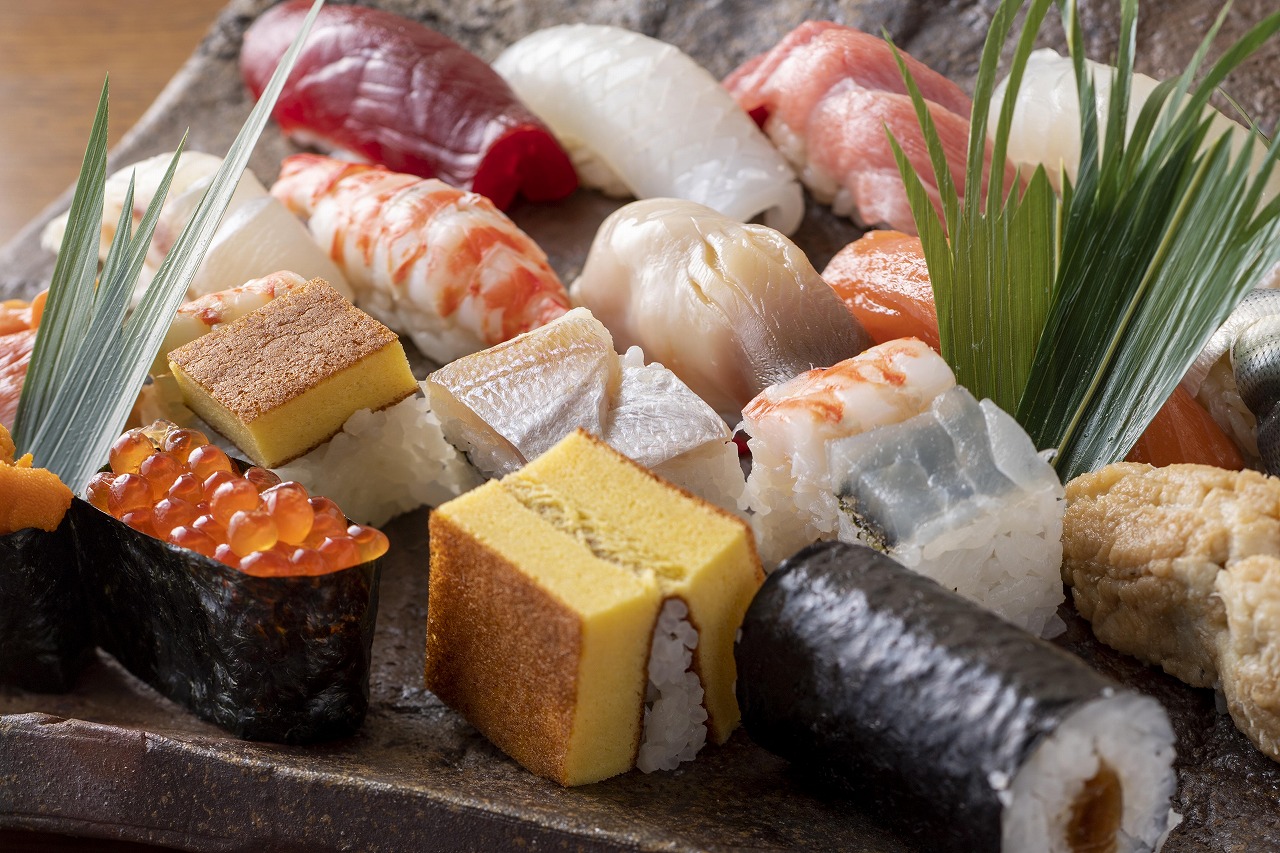
Would you tell us how you use actually TREHA® in Shari, please?
I use 10-20% TREHA® in place of sugar in sushi vinegar. Thanks to its functionality to slow down starch retrogradation, the texture and gloss of Shari improve. Normally, Shari loses its freshness and gloss after a few hours and gives out a fermented smell, which is caused by combined vinegar and cooked rice. Even when prepared before noon, the Shari containing TREHA® maintains the same quality until the evening. Surprisingly this could extend to the following day. Moreover, it does not get crumbly when it has to be stored in the refrigerator. I am sure this is suitable for sushi restaurants and supermarkets to maintain the freshness of their to-go orders and grab-and-go items. It should be noted that due to the masking functionality of TREHA®, the vinegary scent does not stand out as usual when it is folded into the hot cooked rice. For this reason, beginner users tend to think that vinegar becomes weakened or blurred, but it is the other way around. In fact, TREHA® is working to suppress the undesirable fermented smells, of which results can be recognized later on.
Would you explain how you use TREHA® for fish and shellfish in detail?
I use TREHA® to prepare fish and shellfish for the most part – dusting on the surface for pre-treatment, adding in boiling water to cook crustaceans, and etc. TREHA®-salt (blend TREHA® and salt at a ratio of 3:10) and TREHA®-vinegar (blend 40g TREHA® to 1L vinegar) are staples in my kitchen. Fish and shellfish release excess water containing undesired smells when treated with TREHA®-salt. Compared to the conventional method with salt only, the fish and shellfish retain the ideal moisture without becoming too salty. Similarly, TREHA®-vinegar maintains the ideal elasticity and moisture of the fish fillets and cut surfaces.
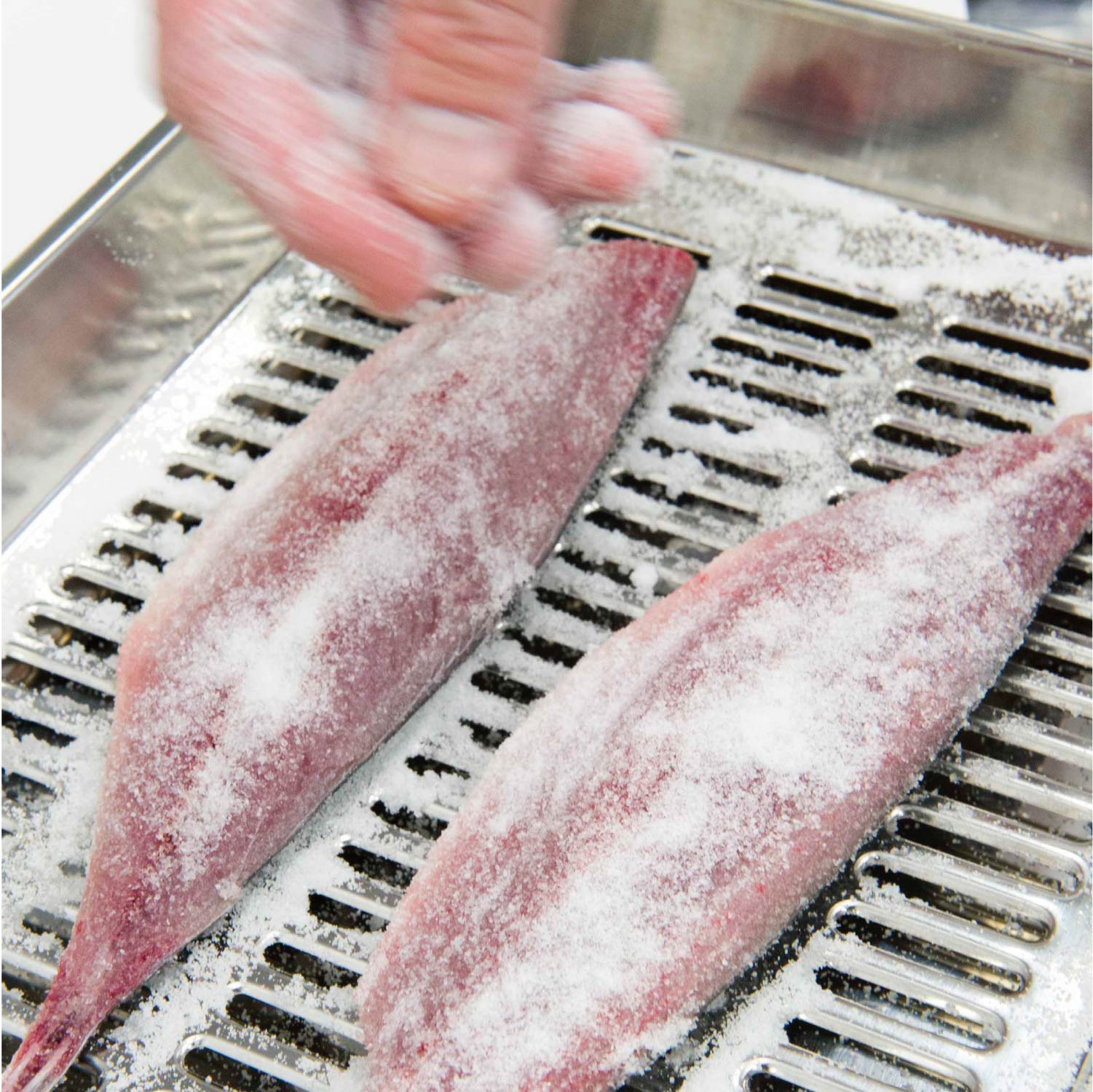
I make ahead and use the house made TREHA® blends generously to do various pre-treatment. I prepare crustaceans such as prawns and crabs in boiling water with 2.5% TREHA® and 1.25% salt, which result in an appetizing red shade with a moist and juicy texture. Even after storing for a week in the refrigerator, the cooked crustaceans maintain freshness without losing their natural sweetness. This provides a great advantage to extend a production window of seasonal dishes such as traditional New Year foods, Osechi. Furthermore, crustaceans prepared with TREHA® freeze well with shells on.
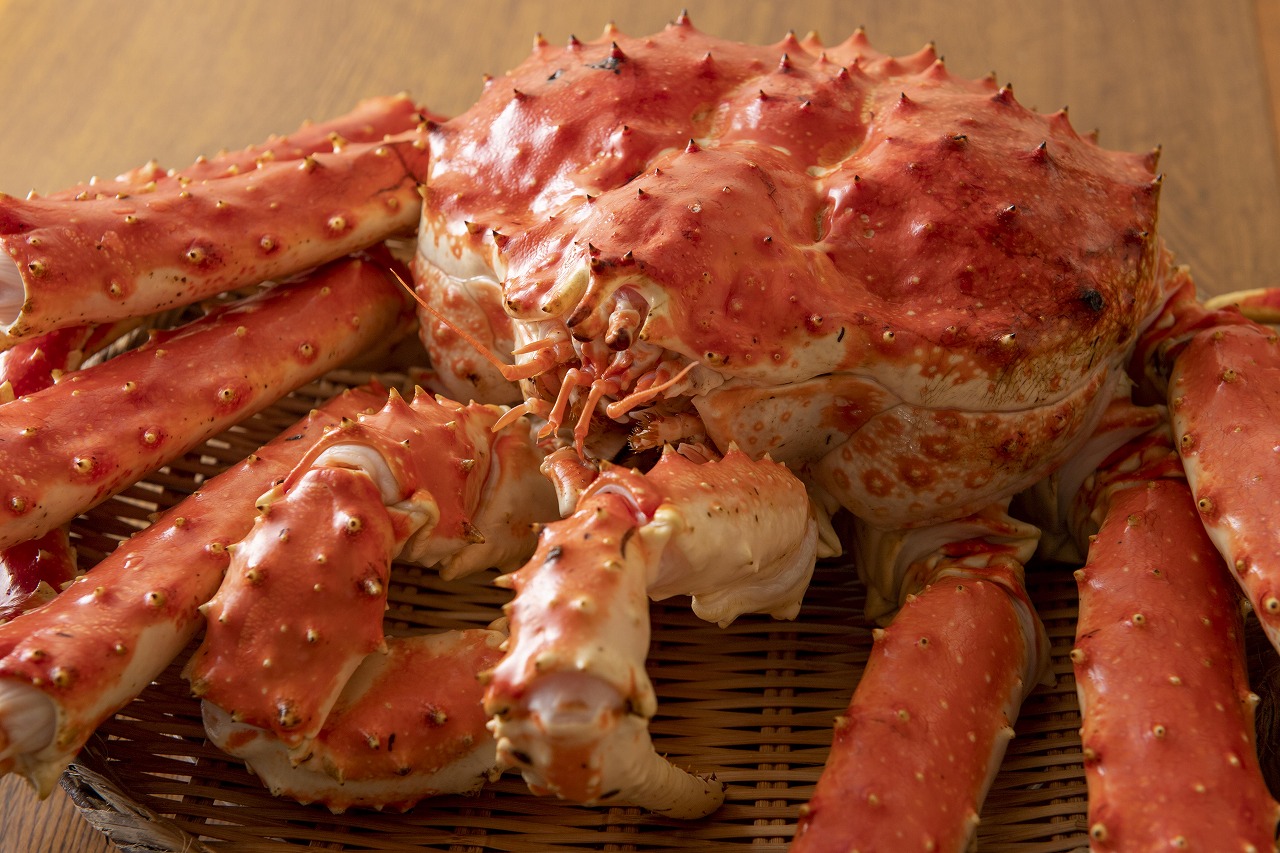
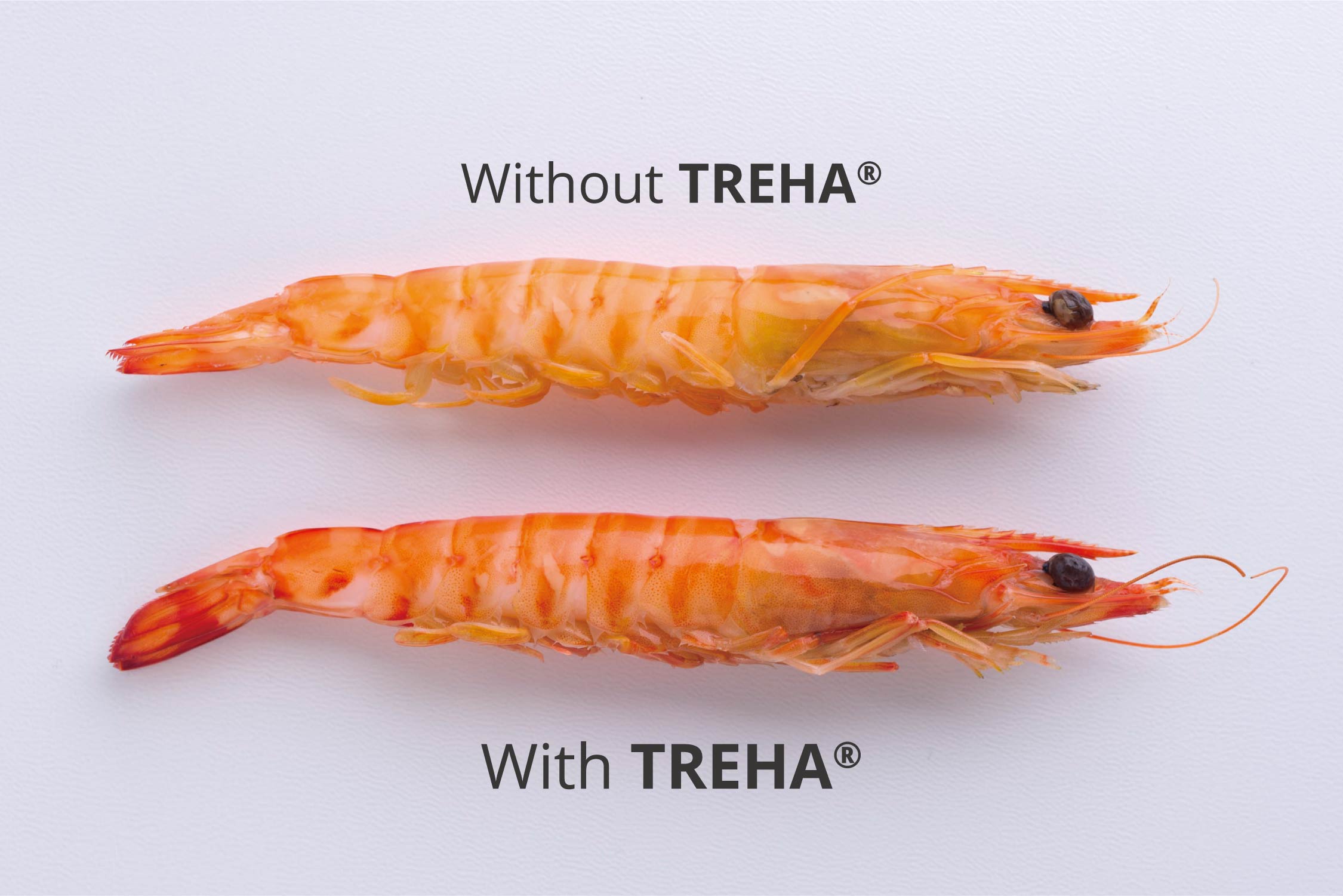
Please tell us about the benefits of TREHA® for you.
TREHA® extends a freshness window of Shari and makes the preparation more efficient. Thanks to the functionality that improves the freezing stability of fish and shellfish, TREHA® plays an important role to reduce food waste in restaurant operations, which also contributes to the sustainable community.
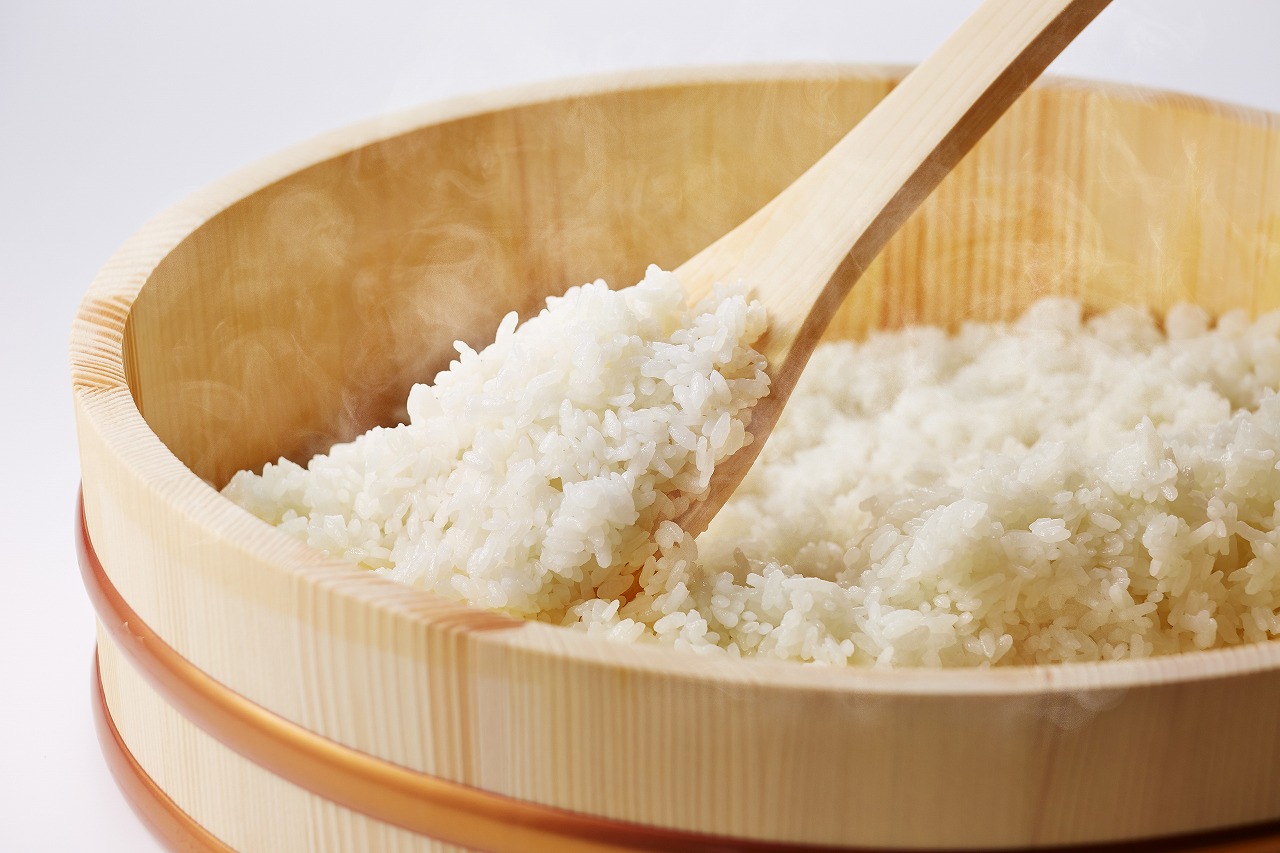
Would you send a message to sushi chefs who are working hard outside of Japan, please?
While toppings and fillings are considered to be the main components of sushi, Shari is the most critical element to determine the quality. I say the sushi quality is determined by Shari by 60%. I often hear the biggest challenge for sushi chefs overseas is to make Shari properly because cooked rice may not absorb sushi vinegar depending on mineral content of the water, which varies by country. Since the challenge is rooted in water, using Japanese-grown rice would not help. In such cases, I fully recommend using TREHA® for reinventing the quality of Shari.
Since sushi consists of very few ingredients, the effects of TREHA® are visually noticeable. Sushi is a delicate dish - it's not just about cutting raw fish and slapping on Shari. Techniques in preparing Shari and toppings make a huge impact on the end results. Sushi has become increasingly popular in recent years overseas, creating a high demand for sushi chefs. Japanese sushi chefs can be hired outside Japan immediately after finishing their trainings. I believe TREHA® supports less experienced chefs to serve quality sushi.
As an Edomae-style sushi chef, I do not use avocados for my sushi, however, they are a common ingredient for sushi overseas. Discoloration of avocados can be notably reduced by soaking in a 10% TREHA® solution for 30 minutes. I hope young chefs can explore various applications of TREHA® to shape the future of sushi.
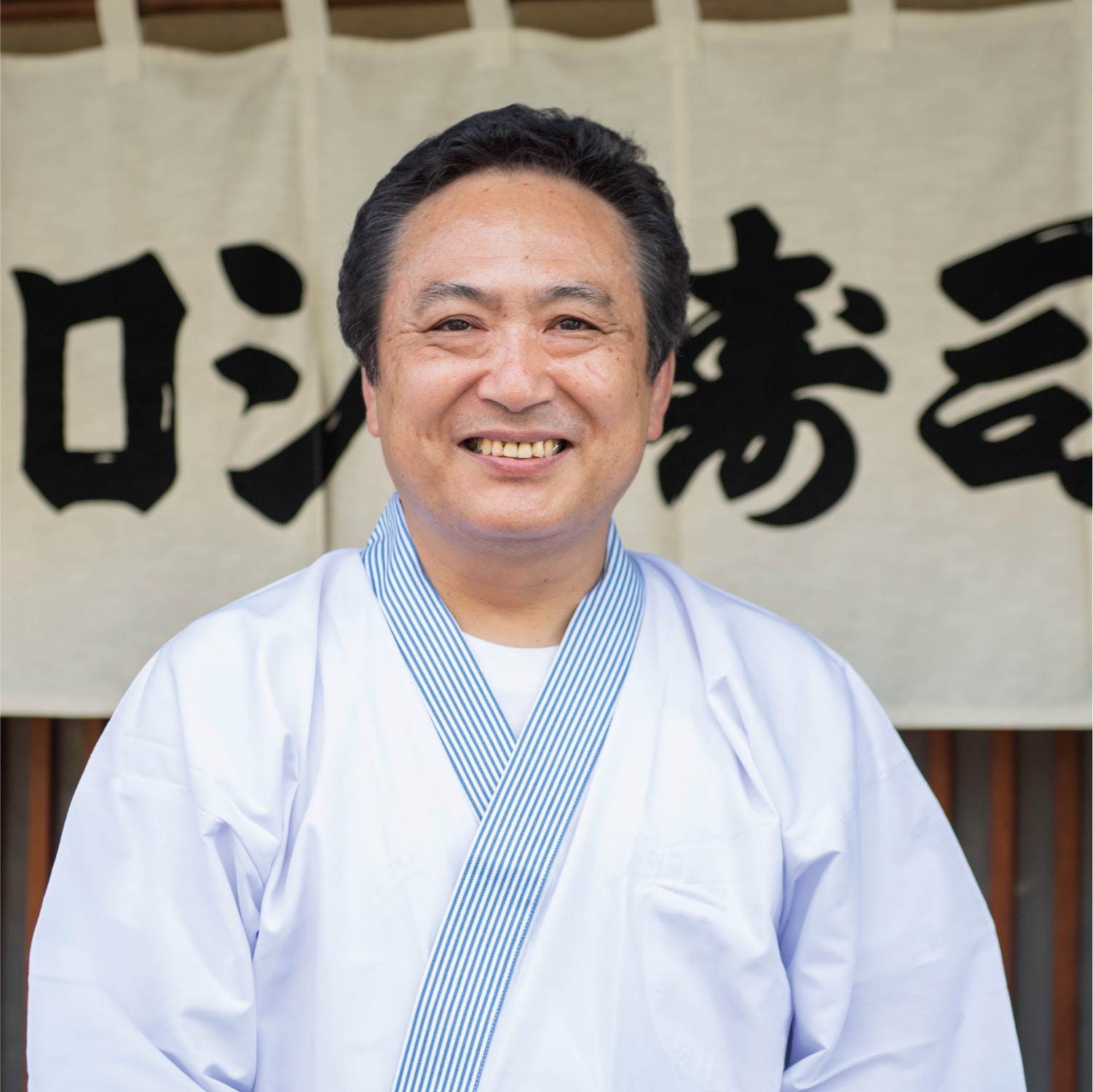
Click here to see Chef Meguro's Assorted Sushi recipe.
Did you find this blog interesting?
Please share it with your friends in the foodservice industry.
We regularly update the blog about the food culture of Japan, where TREHA® was discovered for culinary applications.
Click here and send us a message to subscribe.
Or hit us up on Instagram @trehalose_sensei!


